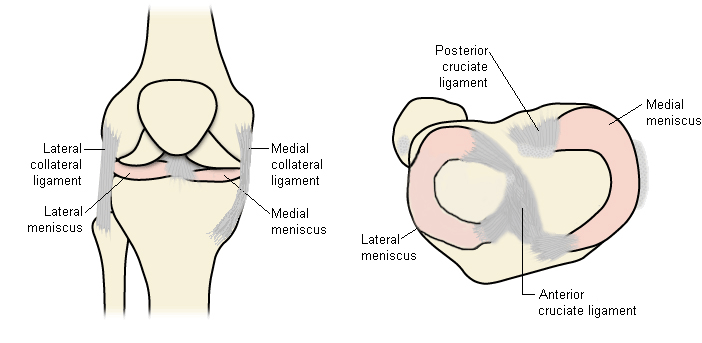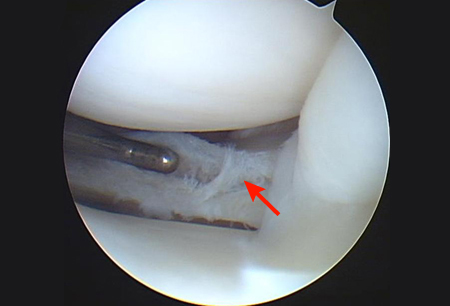Summary
Definition
History and exam
Key diagnostic factors
- history of knee trauma
- history of knee arthritis, instability, or malalignment
- knee swelling
- sensation of knee instability or buckling/catching
- knee pain
- tenderness at joint line and joint line crepitation
Risk factors
- acute trauma (pivoting or twisting injury)
- knee joint arthritis
- knee instability
- history of anterior cruciate ligament injury
- malalignment of the knee joint
- rough or uneven playing surface
- poor ground/weather conditions
- older age
- construction work and manual labor jobs
- discoid meniscus
- high BMI
Diagnostic tests
Treatment algorithm
Contributors
Authors
Hideki Takeda, MD
Orthopedic Surgeon
Department of Sports Orthopedics
NTT Medical Center Tokyo
Tokyo
Japan
Disclosures
HT declares that he has no competing interests.
Acknowledgements
Dr Hideki Takeda would like to gratefully acknowledge Dr Lars Engebretsen and Dr Kevin R. Stone, previous contributors to this topic.
Disclosures
LE declares that he has no competing interests. KRS is an author of several references cited in this topic.
Peer reviewers
Daniel Solomon, MD
Co-Director of Orthopedic Sports and Shoulder Service
Department of Orthopedic Surgery
Naval Medical Center San Diego
San Diego
CA
Disclosures
DS declares that he has no competing interests.
Jung-Ro Yoon, MD
Orthopedic Surgeon
Department of Orthopedic Surgery
Seoul Veterans Hospital
Seoul
South Korea
Disclosures
JRY declares that she has no competing interests.
Nikunj N. Trivedi, MD
Fellow
Sports Medicine and Shoulder Surgery
Stanford University
Stanford
CA
Disclosures
NNT declares that he has no competing interests.
Seth L. Sherman, MD
Associate Professor of Orthopedic Surgery
Fellowship Director
Sports Medicine and Shoulder Surgery
Stanford University
Stanford
CA
Disclosures
SLS declares that he has no competing interests.
Use of this content is subject to our disclaimer

